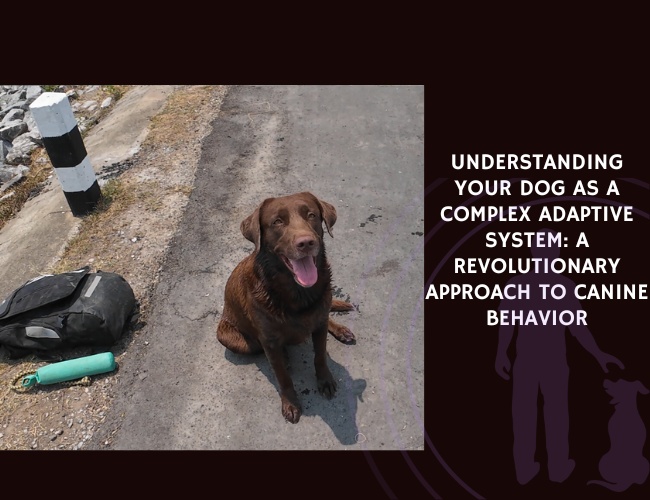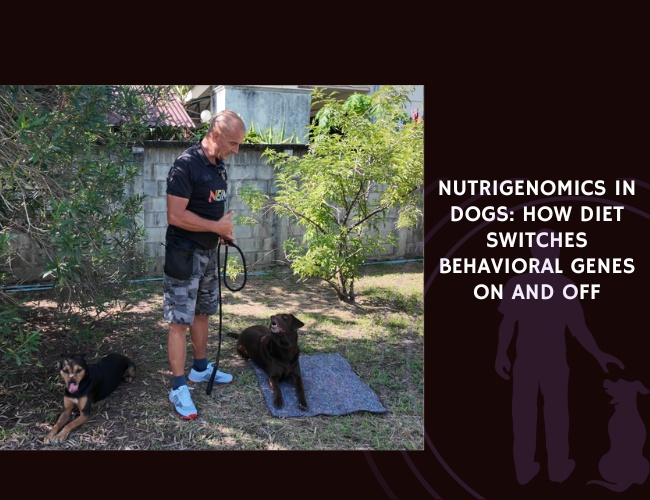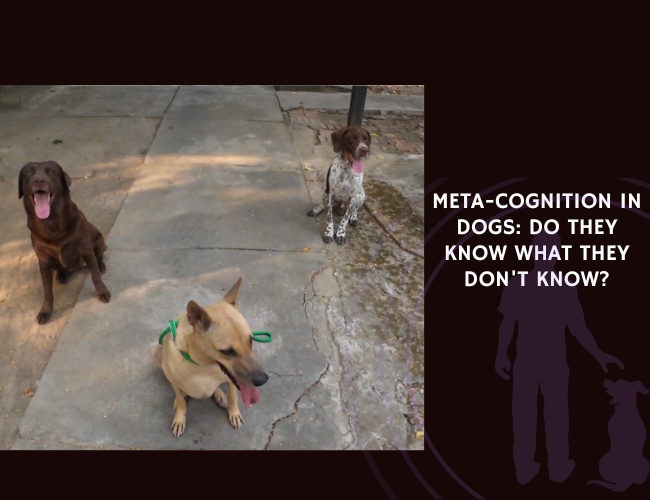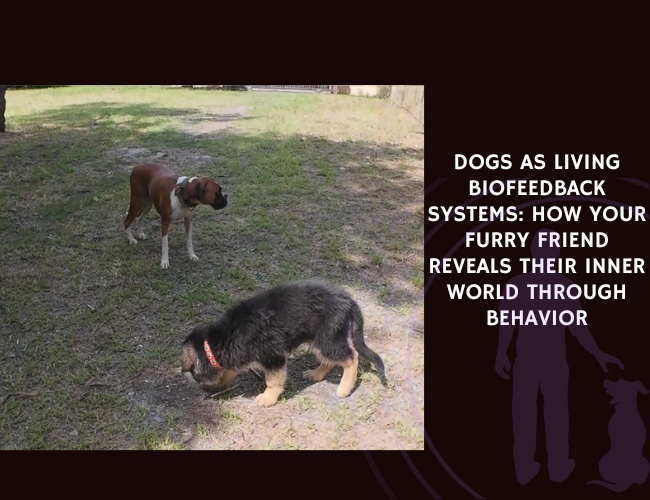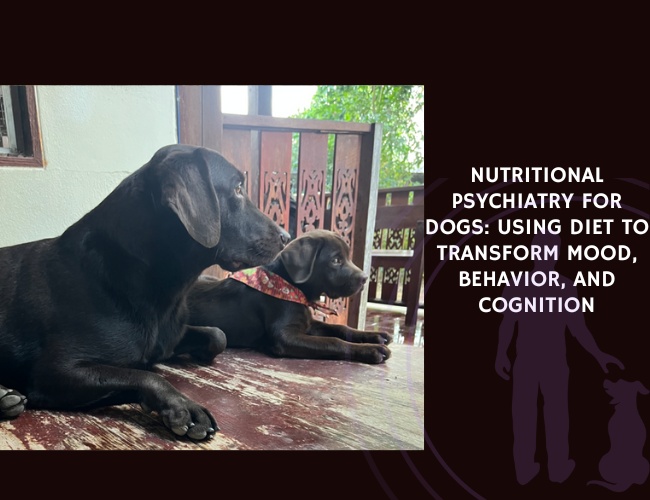Ensuring safe and effective storage of pet food is essential to preserve its nutritional value, flavor, and safety. A 2021 study published in Animals surveyed 2,221 dog and cat owners to examine how commercial and home-prepared diets are stored in households, revealing both good practices and areas of concern.
The research team, led by G. Morelli, found that most owners followed adequate food storage management, but room temperature emerged as the most overlooked factor. Exposure to heat, particularly in fat- and oil-rich diets, can accelerate rancidity and reduce food quality. Among kibble feeders, 75.7% regularly purchased one or two bags at a time, with most pets taking at least four weeks to consume an entire package. Nearly half (43.5%) used containers, usually plastic bins, to store food, and storage often occurred in kitchens (45.1%), typically away from direct sunlight (94.5%). However, 23.6% admitted food might be exposed to high temperatures.
Concerns were also raised about the handling of homemade diets. For example, 38.6% of owners feeding home-prepared meals stored fish oil at room temperature, a practice that risks spoilage and nutrient degradation. The study also revealed generational differences in perceptions of preservatives: 67.3% of commercial pet food feeders considered preservatives a potential health risk, with older owners more skeptical of their role in maintaining freshness.
The authors concluded that veterinarians should provide clearer guidance on safe storage practices, especially for owners preparing homemade diets. Likewise, pet food manufacturers were encouraged to improve communication about the importance of preservatives, helping reduce skepticism and ensure food safety. Addressing these gaps can play a vital role in maintaining dogs’ and cats’ long-term health.
Source: Morelli, G., Stefanutti, D., & Ricci, R., Animals, January 21, 2021. https://doi.org/10.3390/ani11010242


